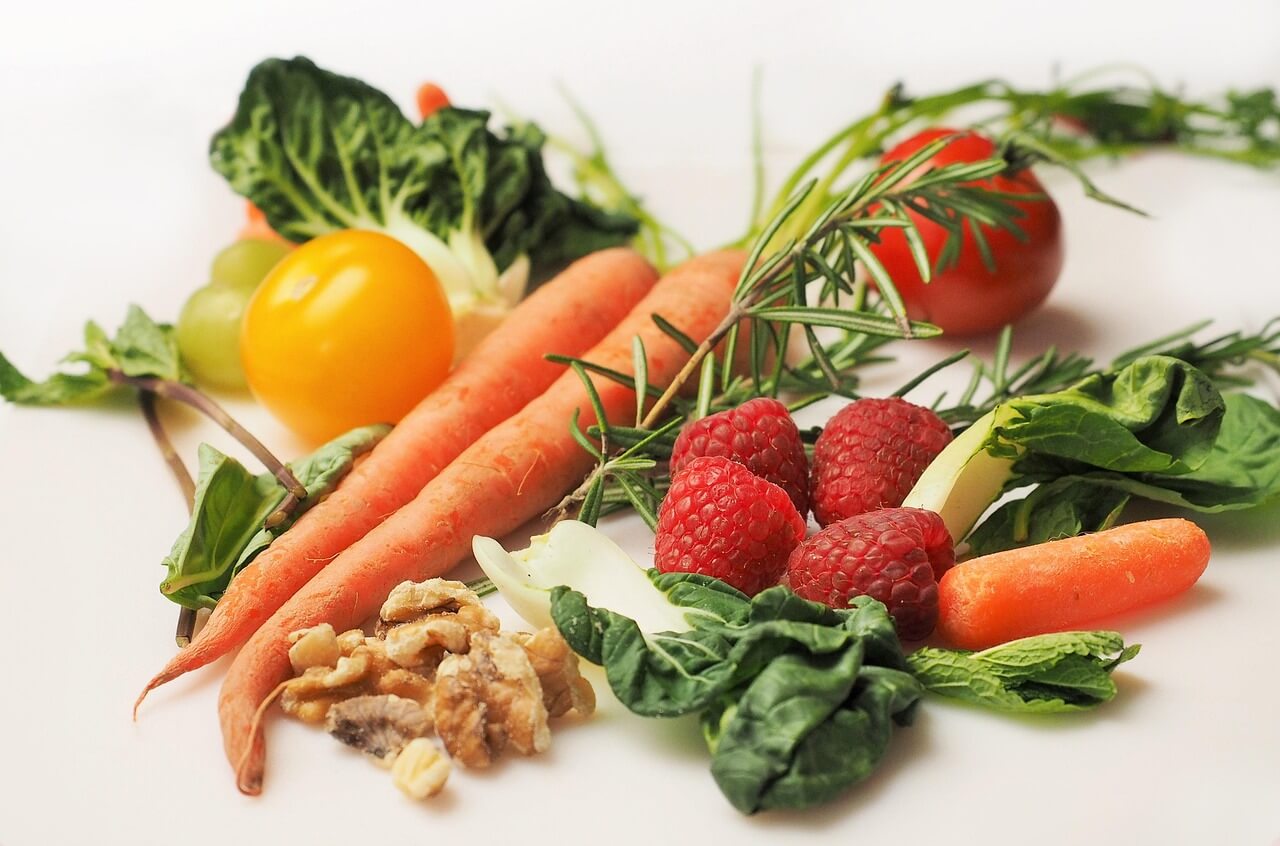
If the idea of working 30 different plants into your weekly diet sounds daunting, you’re not alone. For many people, even adding a few new plant-based foods to their plate can feel overwhelming. But making a conscious effort to eat a wider variety of plants could unlock surprising health benefits, especially for your gut, immune system, and even brain health.
Why 30 Plants?
The number comes from a 2018 study published by the American Gut Project, one of the largest microbiome research initiatives to ever exist. Researchers found that participants who consumed more than 30 different plant types per week had significantly more diverse gut microbiomes than those who ate 10 or fewer.[1] But why is having a diverse microbiome important?
The Power of a Diverse Microbiome
Your microbiome is made up of a wide range of bacteria and other microorganisms living in your gut and it plays a crucial role in many aspects of your health. A more diverse microbiome is associated with:
- Better immune function
- Improved digestion and nutrient absorption
- Stronger gut lining and reduced inflammation
- Enhanced brain health and emotional resilience
A diverse microbiome prepares your body to be better able to respond to stress, fight off harmful pathogens, and support the systems that keep you functioning at your best.
The Brain-Gut Connection
Emerging research is also shedding light on the brain-gut axis, the communication network between your digestive system and your brain. Dr. Jinbing Bai, a microbiome researcher at Emory University, has noted that stress can alter the gut microbiome, and in turn, an imbalanced microbiome can negatively affect emotional well-being. That means what you eat doesn’t just fuel your body, it could also shape your mood, stress levels, and cognitive function.
How to Get Started: Building a Plant-Forward Grocery List
So, how do you get to 30 plants a week? The good news is you don’t need to eat 30 entirely different meals. Many plant foods can be mixed, matched, and reused across various dishes. Here’s a simple guide to categories you can pull from, and even herbs and spices count too!
Fruits
- Blueberries
- Kiwis
- Figs
- Mango
- Pomegranate
Vegetables
- Beets
- Kale
- Sweet potatoes
- Zucchini
Nuts & Seeds
- Almonds
- Walnuts
- Chia seeds
- Pumpkin seeds
- Flaxseeds
Beans & Legumes
- Lentils
- Chickpeas
- Black beans
- Edamame
- Peas
Herbs & Spices
- Parsley
- Cilantro
- Basil
- Turmeric
- Ginger
Final Thoughts
Incorporating 30 different plants into your weekly meals isn’t about perfection. It’s about making consistent sustainable progress. Even small changes, like adding herbs to your scrambled eggs, tossing some extra vegetables into a soup, or trying a new kind of bean, can make a big difference.
[1] https://ltbbodawa-nsn.gov/wp-content/uploads/2021/07/The-30-Different-Plant-Based-Foods-Per-Week-Challenge.pdf
